Rising Demand for Automation
The Industrial Transmitter Market is experiencing a notable surge in demand for automation across various sectors. Industries are increasingly adopting automated systems to enhance operational efficiency and reduce human error. This trend is particularly evident in manufacturing, where the integration of transmitters facilitates real-time monitoring and control of processes. According to recent data, the automation market is projected to grow at a compound annual growth rate of approximately 9% over the next five years. This growth is likely to drive the demand for industrial transmitters, as they play a crucial role in ensuring seamless communication between devices and systems. As industries strive for higher productivity and lower operational costs, the reliance on advanced transmitters is expected to intensify, thereby propelling the Industrial Transmitter Market forward.
Advancements in Sensor Technology
Technological advancements in sensor technology are significantly influencing the Industrial Transmitter Market. The development of more sophisticated sensors, capable of providing accurate and reliable data, is enhancing the functionality of industrial transmitters. These innovations allow for better measurement of variables such as pressure, temperature, and flow, which are critical for process control. The market for sensors is anticipated to grow substantially, with estimates suggesting a growth rate of around 8% annually. This growth is likely to correlate with an increased demand for industrial transmitters, as industries seek to leverage improved sensor capabilities for better decision-making and operational efficiency. Consequently, the evolution of sensor technology is expected to be a key driver in shaping the future of the Industrial Transmitter Market.
Growing Focus on Predictive Maintenance
The Industrial Transmitter Market is witnessing a growing emphasis on predictive maintenance strategies. Industries are increasingly recognizing the value of utilizing transmitters to monitor equipment health and performance in real-time. By implementing predictive maintenance, companies can anticipate equipment failures before they occur, thereby minimizing downtime and maintenance costs. Recent studies indicate that predictive maintenance can reduce maintenance costs by up to 30% and increase equipment lifespan by 20%. This trend is likely to drive the demand for advanced industrial transmitters that can provide critical data for predictive analytics. As organizations strive to optimize their operations and reduce unexpected failures, the role of industrial transmitters in predictive maintenance is expected to become increasingly vital.
Expansion of Industrial Internet of Things (IIoT)
The expansion of the Industrial Internet of Things (IIoT) is a significant driver for the Industrial Transmitter Market. As industries adopt IIoT solutions, the need for reliable and efficient data transmission becomes paramount. Industrial transmitters serve as essential components in IIoT ecosystems, enabling seamless communication between devices and systems. The IIoT market is projected to grow at a compound annual growth rate of over 10% in the coming years, indicating a robust demand for industrial transmitters. This growth is likely to be fueled by the increasing need for real-time data analytics and remote monitoring capabilities. As industries continue to embrace IIoT technologies, the Industrial Transmitter Market is expected to benefit from this trend, with a rising demand for advanced transmitters that can support IIoT applications.
Increased Investment in Infrastructure Development
Increased investment in infrastructure development is poised to drive the Industrial Transmitter Market significantly. Governments and private sectors are allocating substantial resources towards upgrading and expanding infrastructure, particularly in energy, water, and transportation sectors. This investment is likely to create a heightened demand for industrial transmitters, which are essential for monitoring and controlling various processes within these infrastructures. For instance, the global infrastructure investment is projected to reach trillions of dollars over the next decade, with a significant portion directed towards smart infrastructure projects. As these projects require advanced monitoring solutions, the Industrial Transmitter Market is expected to see a corresponding increase in demand for reliable and efficient transmitters that can support these initiatives.


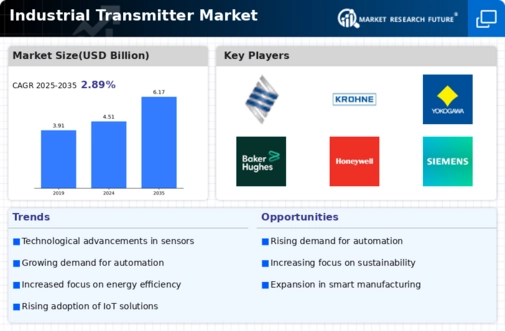
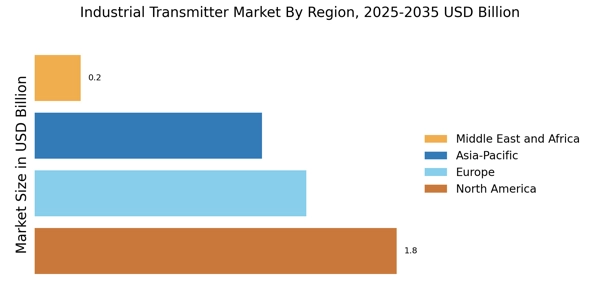
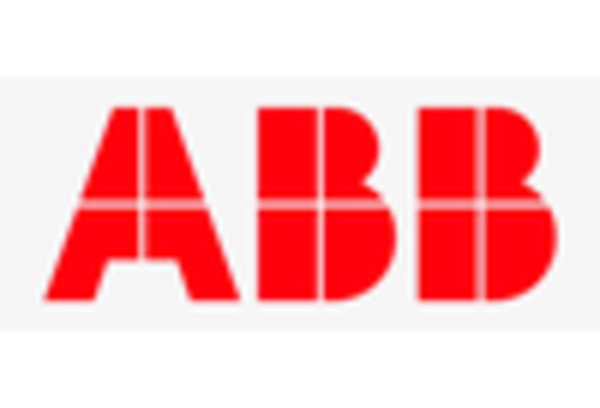
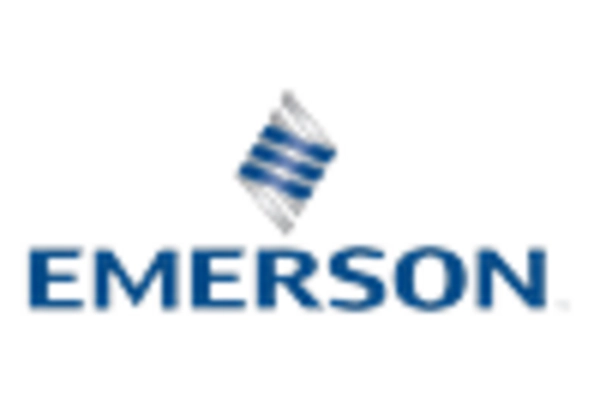



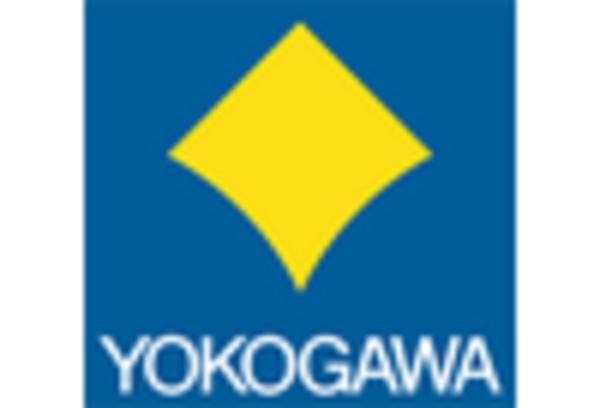








Leave a Comment